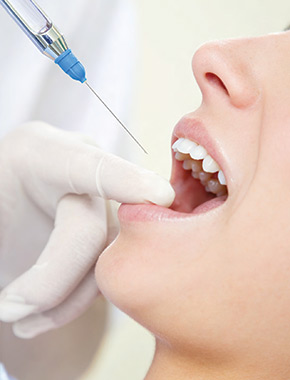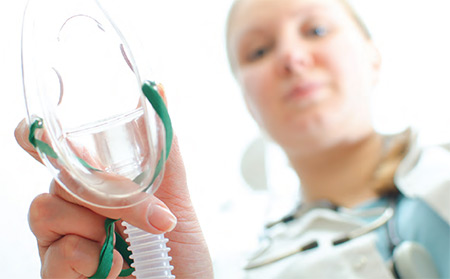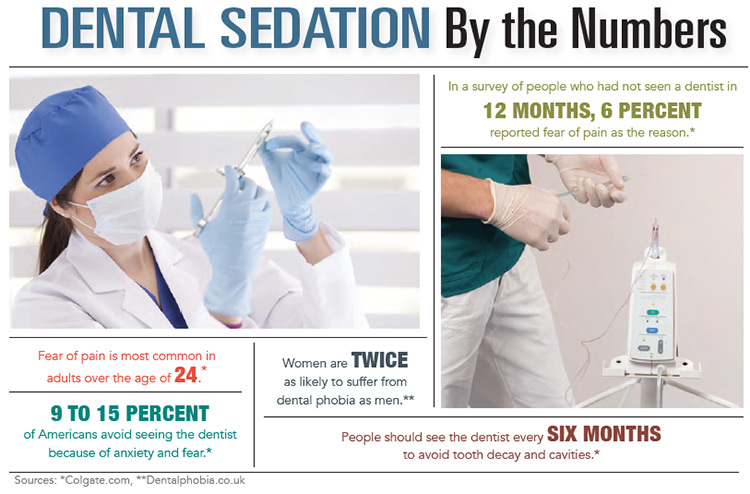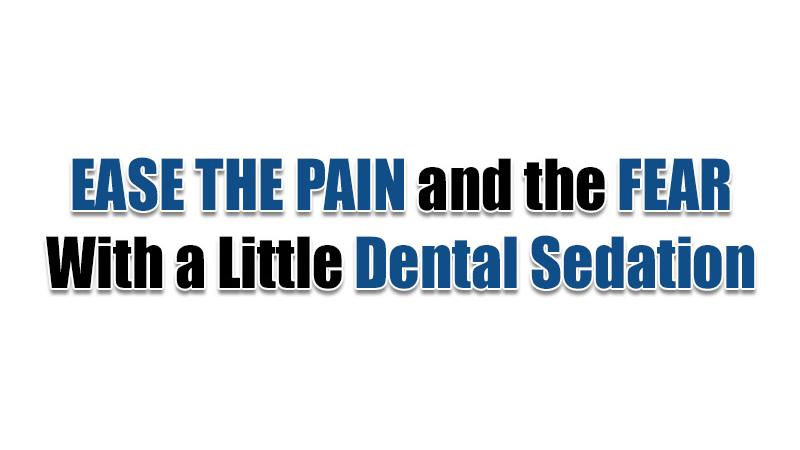Going to the dentist or getting any work done inside our mouths can strike fear in some people that equates to seeing Michael Myers in the “Halloween” movie series. It’s not something we look forward to, to say the least, and so many people avoid going, making their dental problems worse over time.
According to colgate.com, people with dental phobia have a higher risk of gum disease and early tooth loss, and they usually have a lower pain threshold, which is where dental pain management comes into play. They may need anesthetic or other relaxation options to get through their appointments and put their minds at ease.

Dental pain management can take on many forms. There’s oral sedation in pill form; IV sedation; nitrous oxide, also known as laughing gas; and local anesthesia to numb specific areas.
“Most new patients who have fear or anxiety feel better knowing these choices are available,” said Dr. James C. Andrews, a dentist in Summerville who is also certified in the use of IV sedation, which gives patients the option of having treatment performed while in a “twilight sleep” state.
Dr. Andrews said that pain management and sedation services are available to anyone who feels they are needed, regardless of the procedure.
“Yes, we have used nitrous oxide for just dental cleanings,” he said. “It relaxes patients who are anxious and worry their fear will take over and make the appointment take longer. However, when a patient is relaxed, the dental staff can often make the appointment go smoother and more efficiently.”
He said that many anxious patients will try either nitrous oxide or oral sedation the first couple of times and then decide they are fine without it.

“It helps to ease those initial jitters. When people see that there is nothing to be afraid of, they frequently decide it is no longer needed,” he said.
When it comes to people who fear the dental chair, painful memories of past traumatic experiences make dentists’ jobs more challenging.
“IV sedation does have its advantages. No anxiety and no discomfort equals no painful memories,” he said.
Generally, oral and IV sedation are used for longer and more advanced procedures but are available for all procedures. Even in these cases, Dr. Andrews said he doesn’t use IV sedation for the majority of procedures, recommending oral sedation most of the time.
“For smaller procedures and to ease the mind of the patient, we recommend nitrous oxide,” he said. “In addition to sedation options, we feature many ways that make patients more comfortable these days throughout their visits. It isn’t like it used to be.”
He said they offer headphones, tinted safety glasses, warm blankets and even a TV monitor on the wall in front of the patient.
“Our goal is to make them as comfortable as possible,” he said.
Dr. Andrews also said that for both oral and IV sedation, the patient will need a driver to pick them up from the appointment. With nitrous oxide and local numbing, the patient can drive home. He said that the nitrous oxide wears off after about 30 minutes of breathing in oxygen.
“Once you quit breathing the nitrous oxide, it goes away,” he said.
With oral sedation, he explained he can still communicate with patients, although they are groggy and completely relaxed. IV sedation, however, will put patients into a deeper state of relaxation.
Regardless of which method is used, safety is paramount. Patients go through a complete medical workup before they are approved for any kind of dental pain management, especially for oral and IV sedation, which require safety monitoring equipment and trained staff who are a part of the procedure. Pain medication can be prescribed for the patient for after the effects of sedation have worn off.
“However, most of our patients tell us they do fine with just over-the-counter pain medications,” Dr. Andrews added.
There are precautions that patients must take as well. Dr. Andrews recommended getting a good night’s sleep the night before the procedure and not eating for eight hours before IV sedation.
But Dr. Andrews admitted that the hardest part is just getting the person in the dentist’s office for that initial checkup.
“People who struggle with dental fears are afraid to do anything about dental problems they are having,” he said. “I’ve seen people nervous and sweating just coming for that first appointment. For many, that visit can be a big accomplishment.”
Being afraid of the dentist is a very real fear for many people. To try and ease this stress, Dr. Andrews offers a no-cost consultation so patients can visit the office and meet the staff.
In the end, oral health is important for a nice smile but, as research has shown, also for your overall health. If it takes some form of dental pain management to ease your fears in order to have healthier teeth and gums, then patients should know that the options are there.








